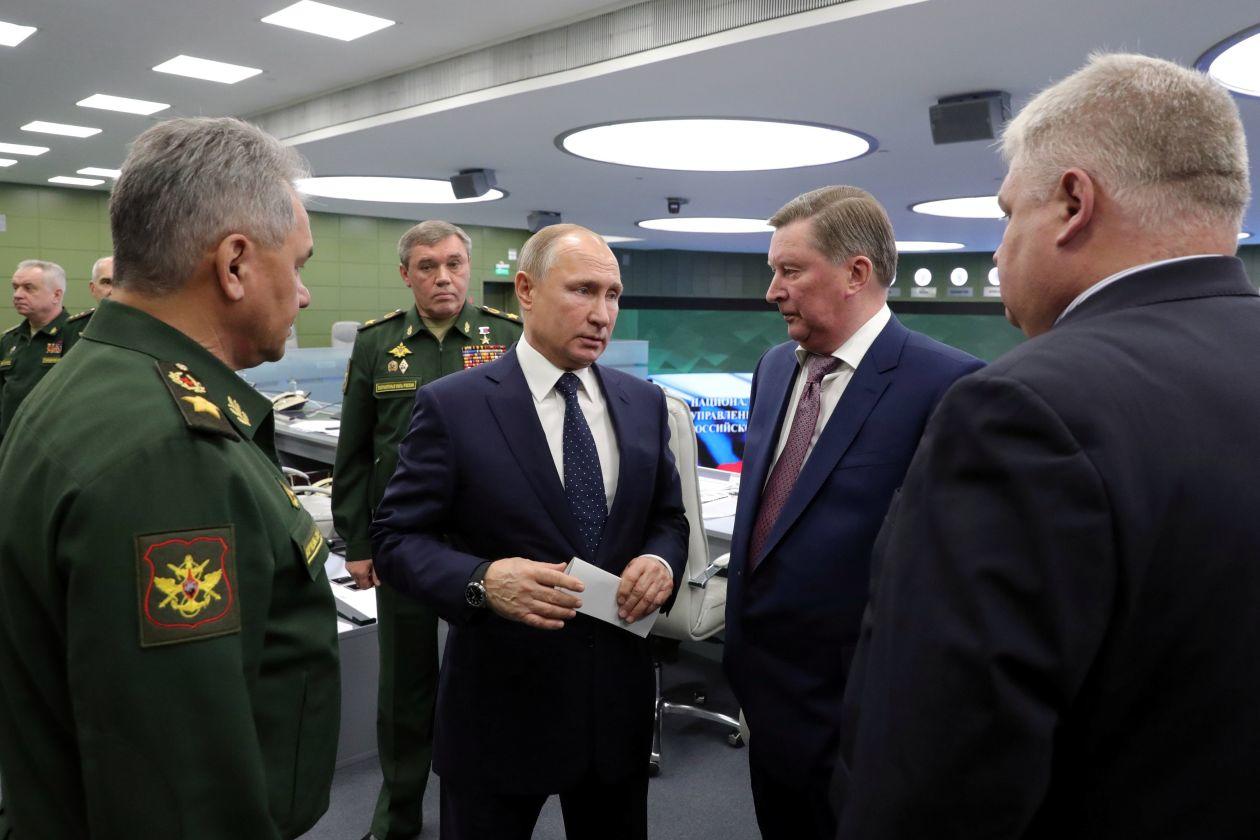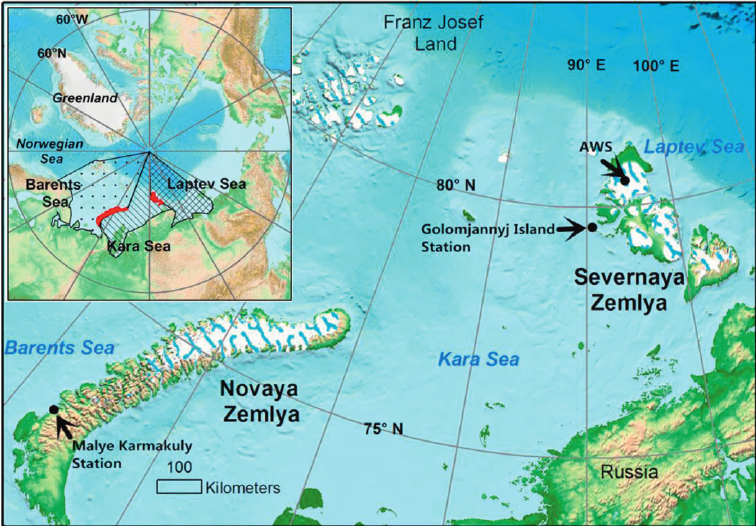A new US intelligence assessment has concluded that Russia has likely been secretly conducting “very low-yield nuclear tests to upgrade its nuclear arsenal,” marking the first time Washington has accused the Kremlin of failing to strictly observe its commitments under the Comprehensive Nuclear Test Ban Treaty, according to the Wall Street Journal.

The alleged tests, conducted at the remote archipelago of Novaya Zemlya above the Arctic Circle, come as the agreed upon arms-control framework between the new nations has shown signs of deteriorating, as both sides pursue “ambitious programs” to develop new nuclear weapons.
Negotiations for the Comprehensive Nuclear Test Ban Treaty, which bans test explosions of nuclear weapons of any size, concluded in 1996. The treaty hasn’t been ratified by enough countries to take effect, but the world’s major powers have agreed to abide by its terms.
The treaty allows a range of activities to assure the safety and reliability of nuclear weapons as long as they don’t produce a nuclear explosive yield, including experiments involving fissile material. –Wall Street Journal
“The United States believes that Russia probably is not adhering to its nuclear testing moratorium in a manner consistent with the ‘zero-yield’ standard,” Lt. Gen. Robert Ashley, director of the US Defense Intelligence Agency planned to say in a Wednesday speech at the Hudson Institute think tank, according to his prepared remarks.
Officials have declined to reveal the size of the alleged Russian tests, nor would they say if concerns over the tests have been raised directly with Moscow.
An official at the Russian Embassy in Washington said his government strictly observes the provisions of all international treaties it has joined, including the nuclear test ban treaty, which Moscow ratified in 2000.
The U.S. has been observing a moratorium on nuclear tests since 1992 and says its experiments are designed to not produce a nuclear yield. The U.S. was the first nation to sign the accord, but it never ratified the treaty. –Wall Street Journal
In February, the Trump administration committed to withdrawing from a Reagan-era treaty on intermediate-range nuclear weapons, alleging that Russia had been breaking it with the development of new missiles, including the nuclear-capable Novator 9M729. NATO agreed. Last October, spokesperson Oana Lungescu said of the Novator system, “After years of denials and obfuscation, Russia recently acknowledged the existence of the missile system without providing the necessary transparency and explanation. In the absence of any credible answer from Russia on this new missile, Allies believe that the most plausible assessment would be that Russia is in violation of the INF Treaty.”
The US-Russian treaty to reduce long-range nuclear arms, meanwhile, is set to expire in February 2021. The Trump administration is reviewing whether it will extend the accord, try and modify it, or scrap it altogether in favor of new negotiations.
“The Comprehensive Test Ban Treaty, unratified though it is by the U.S. but with 184 signatories, may be the last remaining cornerstone in the arms control order,” said former Clinton-admin NSC official Steve Andreasen.
The nuclear test ban agreement came after long and difficult negotiations. When it was first drafted, the US, UK, France, China and Russia were all in favor of conducting low-level nuclear explosive tests to ensure that their nuclear forces were up to snuff.
President Clinton, however, pressed for a ban on all tests – while allowing for no-yield testing of systems.
In drafting the treaty, the Clinton administration decided it was unnecessary and potentially “problematic” to try to negotiate a technical definition of the nuclear explosions that would be banned, U.S. officials told Congress at the time.
But the U.S., U.K., France, Russia and China exchanged still-confidential letters on the activities they agreed wouldn’t be prohibited, according to a June 18, 1997 presidential directive signed by Mr. Clinton that hasn’t been made public but was reviewed by The Wall Street Journal.
Stephen Ledogar, the chief U.S. negotiator on the treaty, told Congress in 1999 that the Russians had been surprised by Mr. Clinton’s insistence on the zero-yield issue but had “slowly and painfully” agreed to it during the talks. –Wall Street Journal
According to the report, a senior Trump administration official said that the US wasn’t interested in the resumption of nuclear testing, and that tests by Russia and China above “zero yield” would be unacceptable.
“We do not want to be held to a different standard than Russia and China,” said the official.
What’s wrong with low yield tests?
Former director of Los Alamos National Laboratory, Siegfried Hecker, says that low-yield tests, equivalent to around 4 pounds of TNT or less, would be able to help determine the safety of nuclear weapons, but not to design new weapons.
“It would be unfortunate if they were doing something at Novaya Zemlya that was not in the spirit of a zero-yield CTBT,” said Hecker. “But would the Russians somehow be able to gain an advantage for new systems if they were doing something slightly more than that? My general sense is no.”
That said, according to Gen. Ashley, the tests at Novaya Zemlya could help the Russians to continue to develop or improve on its nuclear arsenal.
“Our understanding of nuclear weapon development leads us to believe Russia’s testing activities would help it to improve its nuclear weapons capabilities.”
via ZeroHedge News http://bit.ly/2QyAaTS Tyler Durden

